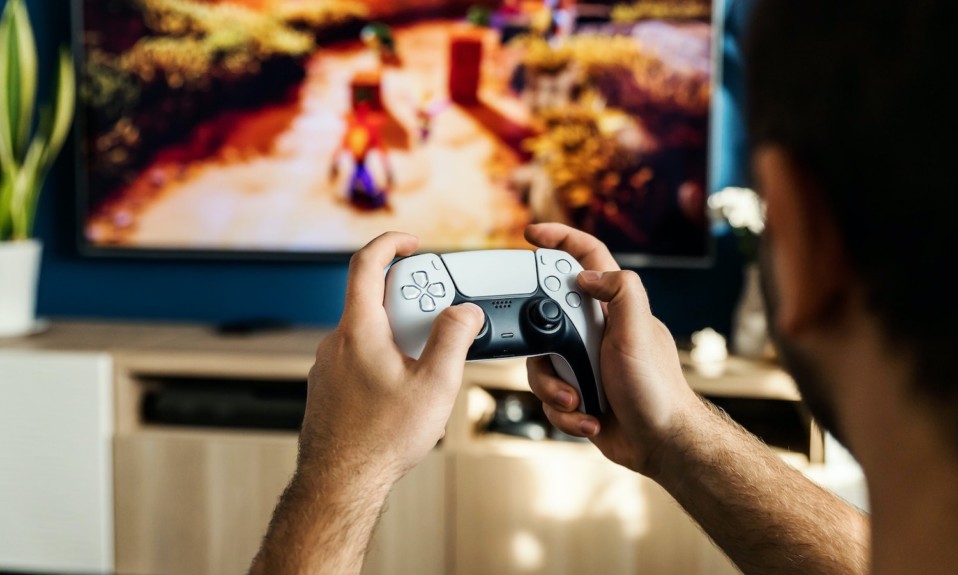Findings show excessive gaming habits don’t lead to disorders in young people—and even reduce anxiety for some
By Jason Langendorf
October 27, 2020An estimated 2.7 billion people worldwide participate in video gaming, and at a time when many of us are social distancing and huddled at home with more time on our hands, it’s likely that in recent months the amount of time we spend playing on our smartphone, tablet or home system has spiked.
A recent study published in the Journal of Child Psychology and Psychiatry found that even excessive gaming—also described as internet gaming disorder (IGD)—is not a cause of mental health problems among adolescents.”
Is all that gaming bad for us? Parents have long worried about their kids spending too much time on “screens,” the concern being that gaming, in particular, may stunt the social and emotional growth of young people. Speculation about the addictive qualities of video games, and their potentially adverse effects, has grown while research and hard evidence on the subject has been scant.
But a recent study published in the Journal of Child Psychology and Psychiatry found that even excessive gaming—also described as internet gaming disorder (IGD)—is not a cause of mental health problems among adolescents. In fact, according to Beate Wold Hygen, the study co-author and a postdoctoral fellow at the Norwegian University of Science and Technology (NTNU), the research uncovered an unlikely benefit of gaming in the study cohort.
“We’ve found no connection between IGD and psychiatric problems,” Wold Hygen told Science Daily, “other than that 10- and 12-year-olds who had more symptoms of gaming addiction developed fewer symptoms of anxiety two years later, when they were 12 and 14 years old.”
Studying a community sample of 702 Norwegian children ages 10, 12 and 14, the NTNU researchers sought to verify the existence of a link between IGD and mental health disorders. Some existing research suggested a direct connection, but Wold Hygen and colleagues noted the limitations of previous cross-sectional study designs, citing their awareness of only one study that had “investigated whether IGD actually forecasts mental health problems (or the reverse).”
The American Psychiatric Association highlighted IGD as a condition in 2013, in the Diagnostic and Statistical Manual of Mental Disorders Fifth Edition (DSM-5), hoping to “encourage research to determine whether the condition should be added to the manual as a disorder.”
The NTNU study addressed the detrimental effects of IGD symptoms and their real-world implications, including fewer opportunities for peer interactions and exposure to important stimuli, as well as the possibility of heightened states of arousal and dampened attention spans. It found no support for “concurrent or prospective relations between IGD and psychiatric symptoms,” save for the link to reduce anxiety. The group determined that while the symptoms of IGD and those of other psychiatric disorders could often be found concurrently, one was not predictive of the other. In other words, it seems video games don’t create mental health disorders.
That said, the NTNU study acknowledges that the co-occurrence of symptoms is “poorly understood.” And although the decrease in anxiety symptoms among study participants in subsequent years suggests gaming may be a useful engagement or distraction for certain adolescents, the authors conclude that more research on the subject is necessary.
Photo: Lorezno Herrera














